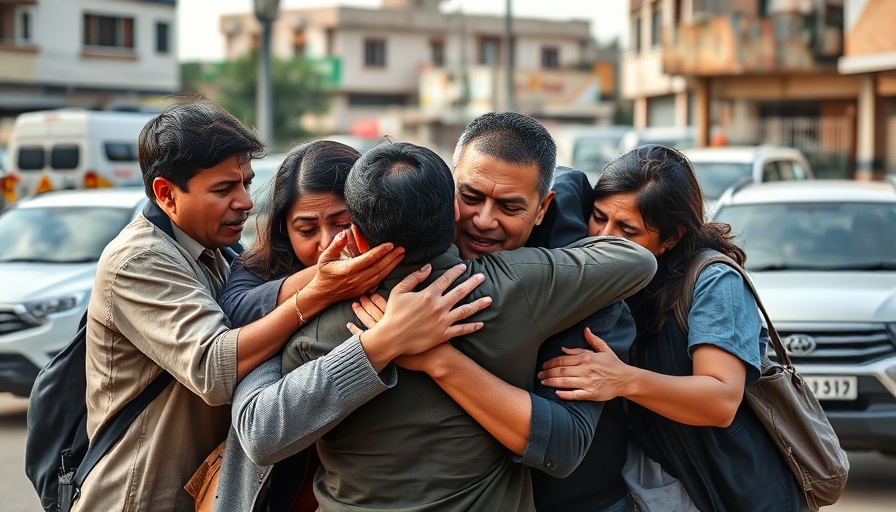
A Night of Tragedy: The Events Leading to the Collapse
The recent roof collapse at the Jet Set nightclub in Santo Domingo, Dominican Republic, turned what was meant to be a joyful concert into a horrific crisis that claimed the lives of at least 66 individuals. Authorities confirmed the unfortunate casualty list included not only fans but also local figures such as the provincial governor and celebrated former MLB player Octavio Dotel. The tragic incident, which left over 150 persons injured, unfolded amidst a performance by noted Dominican vocalist Rubby Perez, who also perished in the disaster.
A Community in Mourning
As the news broke, communities across the Dominican Republic began to grieve the loss of beloved public figures and everyday concert-goers alike. The sense of shock and devastation permeates the air as families wait anxiously at the collapse site, hoping for news of their loved ones. The gravity of the tragedy is magnified by the sheer number of lives impacted, bringing to light an urgent need for answers regarding the structural integrity of spaces intended for public gatherings.
Structural Integrity and Safety Concerns
The collapse raises critical questions regarding safety regulations and building codes in the Dominican Republic. Experts in structural engineering point out that nightclub disasters, while rare, often highlight systemic flaws in the enforcement of safety protocols. As investigations commence, local authorities and national leaders must answer whether existing regulations were adhered to and what measures will ensure the safety for all in the future.
Emergency Response and Community Resilience
In the immediate aftermath, emergency responders worked tirelessly to rescue survivors trapped beneath the debris. Their efforts were aided by the mobilization of heavy machinery, allowing for a more thorough search of the rubble. The resilience of the community is reflected in the many volunteers who arrived to offer support, providing food and comfort to the families waiting for news. This tragic event underscores the critical importance of coordinated emergency response in mitigating the impact of disasters.
The Broader Impact: How Tragedies Shape Policy
This collapse serves as a stark reminder of the importance of safety regulations in public spaces. Discussions around policy reforms are already making waves, with calls for stricter enforcement of building codes and better training for emergency response teams. The hope is that this tragedy will catalyze change and ignite a commitment to safeguarding the lives of patrons who frequent public venues.
Conclusion: The Need for Change
As we reflect on this tragedy, it becomes essential to recognize the necessity for actionable measures that enhance the safety of public spaces. Communities across the globe can take lessons from this incident, emphasizing preparedness and stringent adherence to safety standards that aim to protect lives. In the aftermath of such devastation, it is the responsibility of all—governments, builders, and community members alike—to ensure that opportunities for joy and celebration are not overshadowed by preventable tragedies.
 Add Row
Add Row  Add
Add 



Write A Comment